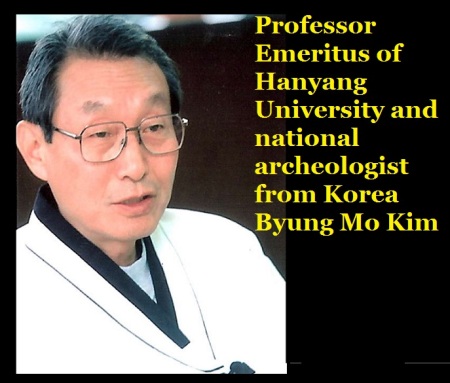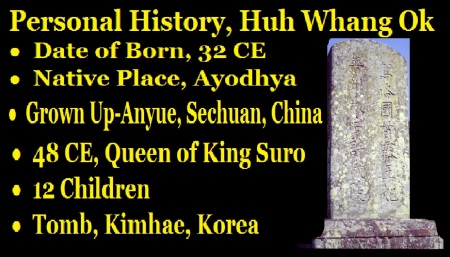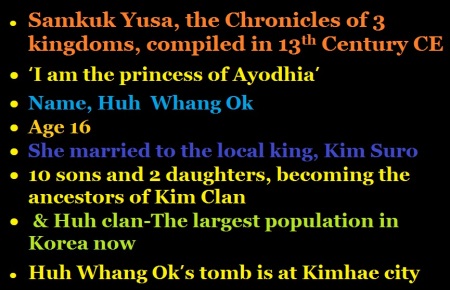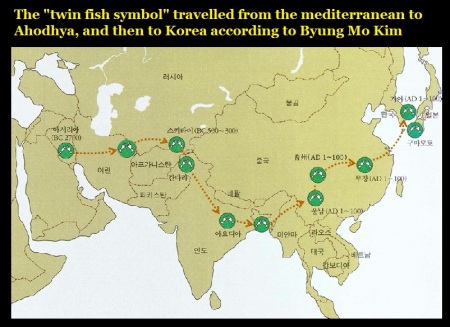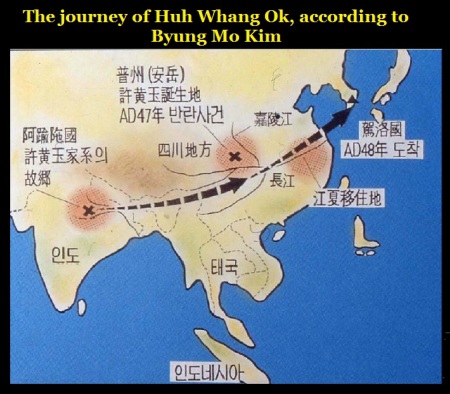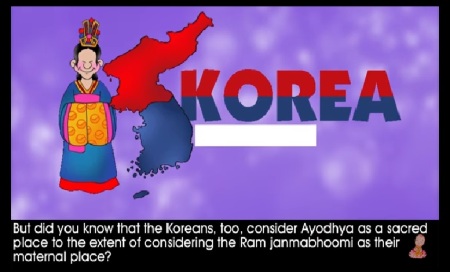The Indian woman who went to Korea and became the Queen – the Korea-Indian connection – Do the pro-Tamil groups want to communalize it? [3]
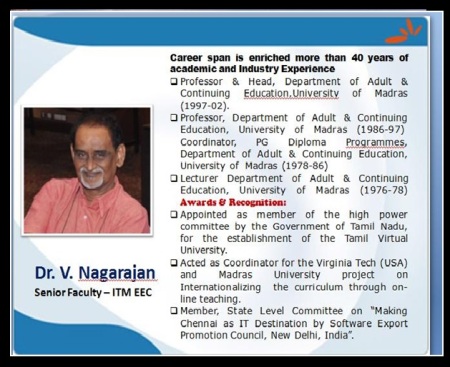
The claims of V. Nagarajan and Antartica Tamizhan: Nagarajan’s paper continues, “The materials gathered from multiple sources which includes intentional and unintentional resources related to the first century CE. Reveals that there was no kingdom by name Ayodhya in north India. Further the cartographic maps particularly the Greek cartography highlighting the Eastern Hemisphere clearly showed the existence of Ay kingdom in south India and not in north India.
http://worldhistorymaps.info/images/East-Hem_100bc.jpg
http://worldhistorymaps.info/images/East-Hem_050bc.jpg
http://worldhistorymaps.info/images/East-Hem_001ad.jpg
http://worldhistorymaps.info/images/East-Hem_050ad.jpg
http://worldhistorymaps.info/images/East-Hem_100ad.jpg
http://worldhistorymaps.info/images/East-Hem_200ad.jpg
http://worldhistorymaps.info/images/East-Hem_300ad.jpg
http://worldhistorymaps.info/images/East-Hem_400ad.jpg
The visual pattern clearly shows the evolution of Gaya kingdom in Korean peninsula over a period from BCE 100 to 400 CE. The maps also clearly indicate the change in Tamilnadu all the kingdoms including the Ay kingdom were replaced by the Kalabras. The presence of Ay and Kongu in Tamilnadu when the Gaya kingdom emerged will help the researchers to formulate a hypothesis to establish the Korean Queen Indian princess connection. The present paper goes to prove that historizing the legend may lead to a tenable hypothesis that the princess be from south India particularly from Pandiya kingdom than from the Ayodhya kingdom”. Then, he concluded with, “The present paper further points out the direction for future research initiatives by proposing a new paradigm with new hypotheses, methodologies and new models”. Ironically, all these narratives are available in “Mintamil” website, where one “Antartica Tamilan” has posted in Tamil. Though, we do not know whether Nagarajan has copied from “Antartica Tamilan” or both are one and the same person, it is evident that the “research” has been biased, preconceived and concocted much against the research methodology.
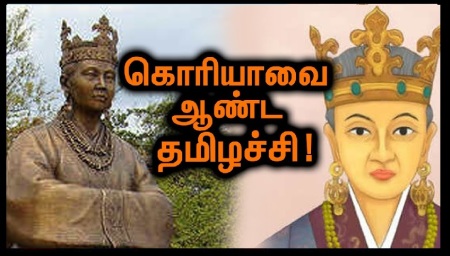
The aggressive U-tube propaganda on “Sembavala Rani”: As pointed out, the same stuff is converted into U-tube with photos and circulated. Particularly, they chose to praise heavily Kannan and Orissa Balu for the excellent, marvellous and extraordinary discover made[1]. Suggestuve narrative, prompting description and story-telling pattern expose the propagandist nature. Particularly, these videos have been with same photographs, same narratives with male and female voices[2]. “Coral Shree” consolidated all stuff available in “Mintamil” in another video[3]. She claims that she has only discovered the tortoise route, similar jewelry worn by Tamil and Korean women, the fish symbol, “Sembavalam” and so on. Thus, it is evident that these have been “stage managed” and aimed at propaganda and self-promotion using their expertise. Under the banner of “Tamil Heritage Foundation,” they have brought a book “Historical, archaeological, linguistic, cultural and biological links between Korea and India – Kaya and Pandya” by Kannan and obviously translated in Tamil “Koreavin Tamil Rani”.
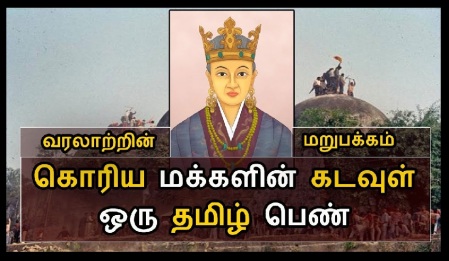
Provocative captions chosen for U-tubes: Some of the captions chosen for U-tubes have been following:
| 1. The Korean goddess was a Tamil woman – the Korean embassy has been in confusion because of plot hatched by India. | This has been blatantly anti-Indian nature, as if India tries to confuse the origin of the queen, tracing Ayodhya instead of ancient Tamizhagam. |
| 2. The goddess of the Korean people was a “Tamlilachi” – a suppressed History of Tamils. Note, here “Tamlilachi” connotes a fanatic and fundamentalist expression for Tamil woman. | The “suppression” of Tamil history and such other accusations have been absurd and meaningless. Just claims are not enough, unless, historical evidences are produced. |
| 3. The “Tamlilachi” who ruled Korea. | The fanatic and fundamentalist expression “Tamlilachi” has been mischievous and unhistorical. |
| 4. The other side of History – The Korean goddess was a Tamil woman [With the background photo of demolition of disputed structure at Ayodhya]. | This also proves the pro-Tamil, anti-north, anti-BJP propaganda, smacks any worth of research. |
| 5. The Tamil Empress / Queen of Korea.
|
Whatever may be the origin, the claim of queen, empress, ruling Korea etc, have been far-fetched and unwarranted. |
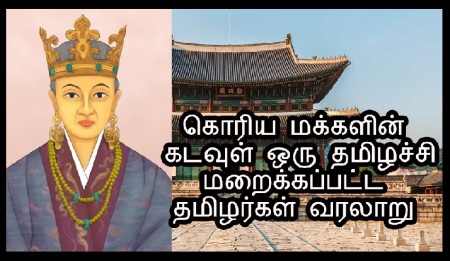
What the videos want to convey?: The tone and tenor of the narratives, the way they are presented with photographs, the expressions used “suppressed history of Tamils,” “hidden truth of Tamil queen,” “the lot of India” etc., shows the intention of the U-tubes in circulation. Generally, in Tamilnadu, the Tamil linguistic chauvinism has been order of the day and such groups could exploit people easily under one or the other pretext. Though, the concepts of race has been proved myth, they have been continue to stick to such unhistorical race hypotheses and theories exhibiting their attitude of racism and racialism. Such ideologists and promoted experts still talk, interpret and write in terms of “Aryan” and “Dravidian” races and so on. The Tamil diaspora, where pro-Tamil, former LTTE associates, radical Tamil activists and such groups have been active with resources, they have been carrying out such propaganda with ulterior motives. At any cost, the “Tamil chauvinism” cannot be boiled, super-heated and turned to “Tamil separatism” with this type of propagandist attitude. So under such circumstances, the videos and related contents with intent, purport and purpose raise many serious questions in the Indian context.
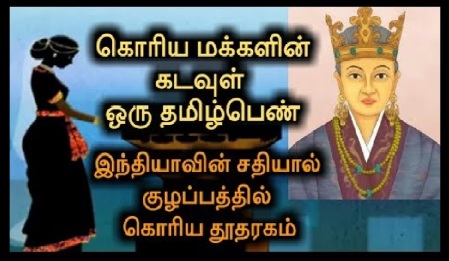
Researchers cannot be partisan, anti-Indian and separatist activist: Researchers do not accuse each other or present unhistorical narratives with emotional inducement and excitement for any linguistic group with racial tinge. Particularly, Kannan like experts living in Germany, Germany citizen knows very well how racism works in European countries and Tamilnadu. The “Dravidastan” / “Thani-Tamilnadu”claims are made still here in Tamilnadu lon every pretext. Therefore, the narrtives, symbols, photos, used show anti-India propaganda also. Why then these researchers indulge in such activities? Incidentally, just last month, their associate and partner, Subashini Tremmel[4] indulged in promoting “thomas myth” through a video[5], that has been blatantly unhistorical and supporting church frauds. Former Archbishop was involved with forged research with Achya Paul and the cae went to Madras high court. Though, the case was settled out of court to save the honour of the church and the bishop, it exposed the dubious research, manufacture of forged evidences and fabrication of copper plates. Though, it was pointed out to her, she kept silent. Therefore, definitely, a doubt arises as to what exactly these researchers want to do with Indians and India? As they have been well-resourced, well-placed and well-informed persons, it is unbelievable that they could have involved in such activities. As few suggestions are added to conclude:
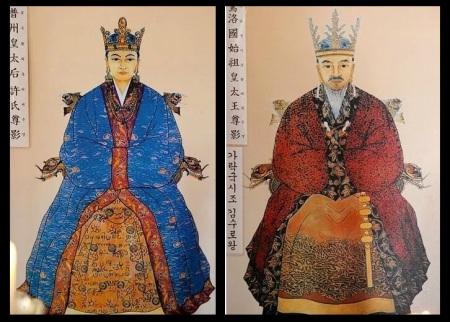
- Historical research should be free from bias, prejudice and preconceived ideas.
- As “Aryan-Dravian race” hypotheses and theories have been declared unhistorical, such interpretation would not do any good in research.
- Indians cannot be divided on the basis of linguistic interpretation, excessive repetition of myth-making without any regard for history, historicity and historical evidences.
- “Kumarikkandam” hypothesis cannot be a basis for historiography disregarding historical evidences and chronology.
- In SEA, the lengends, myhistory and narratives have been more in Sanksrit [not that with any bias], supported by inscriptioonal evidences.
- The pre-Pallava inscriptions of SEA should be an eye-opener for Indian researchers, as their Pallava inscriptions are dated later.
- As people of Bengal, Orissa, Andhra and Tamilnadu interacted with the SEA countries, all of their influences could be found, but, without any linguistic bias.
- In act, the contacts of Bengal, Orissa, and Andhra have been more than Tamilnadu, however, during the medieval period, the Cholas had indelible impression on many factors.
©Vedaprakash
24-05-2018
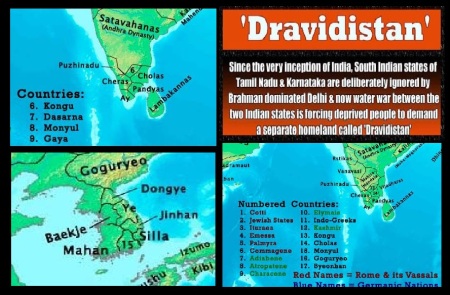
[1] கண்ணன் மற்றும் ஒரிசா பாலு – போன்றோரைக் குறிப்பிட்டு உலா வரும் வீடியோ –
https://www.youtube.com/watch?v=5Wu5gucJMLs
[2] Inside Tamil, Published on Oct 1, 2017; https://www.youtube.com/watch?v=z3nzzYP4w6c
[3] coral shree, 2ஆம் உலகத்தமிழ் எழுத்தாளர்கள் மாநாடு, Published on Jun 15, 2017; https://www.youtube.com/watch?v=FWJwATMVlag
[4] https://www.facebook.com/subashini.thf
[5] See her Facebook, U-tube etc., in fact, in “Mintamil” her friends have warned about the myth and advised not be part of such frauds. I have sent an e-mail pointing out the facts, though, she replied he first one, she did not reply to my second e-mail.
